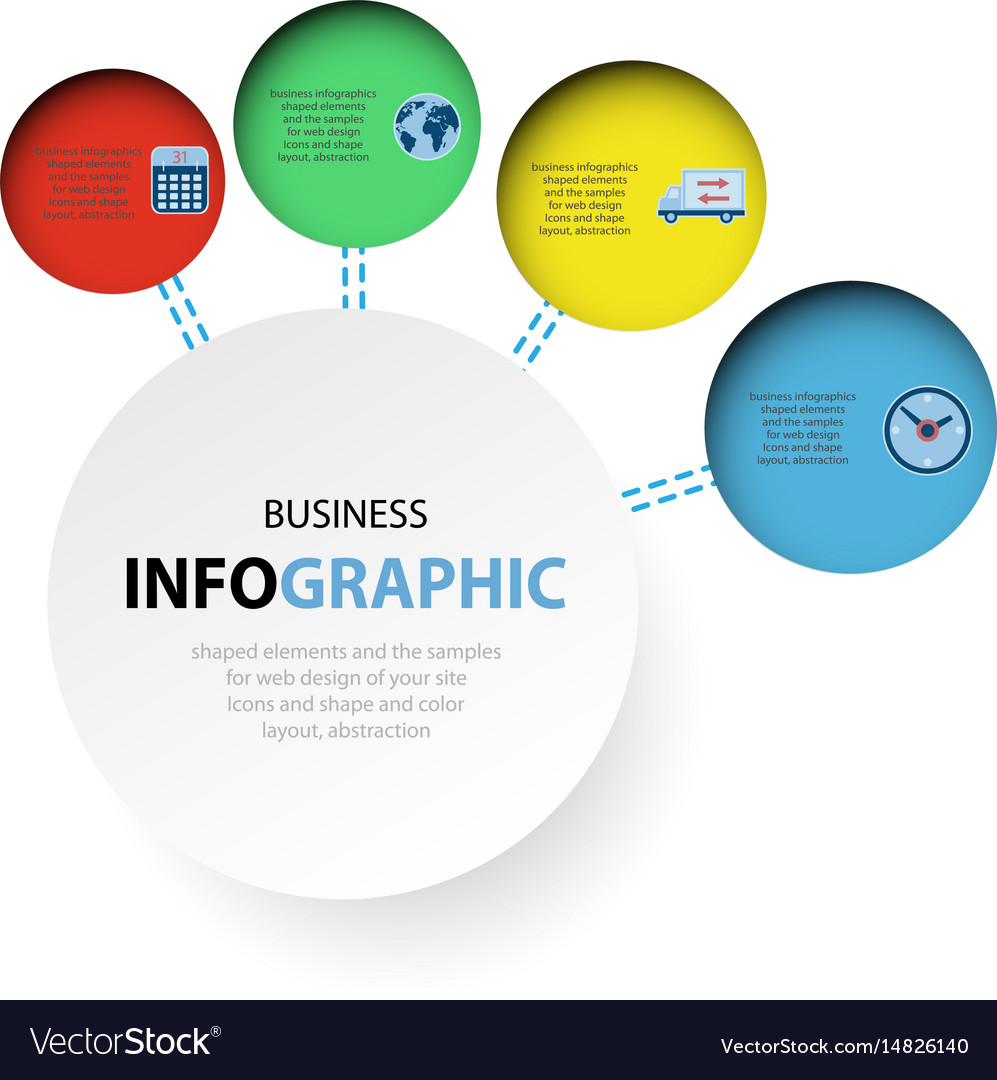Intrigued In Learning Exactly How Website Layout Has Changed For Many Years? Check Out The Journey
Intrigued In Learning Exactly How Website Layout Has Changed For Many Years? Check Out The Journey
Blog Article
Post By-Pappas Trolle
In the past, sites were straightforward and focused on info. Navigation was straight, and layout was for desktop computers. Now, user experience is crucial. Data overviews styles for easy navigation. Responsive formats suit different devices. Today, dark mode decreases strain, and minimalist food selections improve navigation. Interactive functions involve individuals, and bold visuals stick out. AI assimilation enhances engagement. See just how layout has developed to boost your on the internet journey.
Very Early Days of Website Design
In the early days of web design, simpleness reigned supreme. Sites were standard, with minimal colors, fonts, and designs. The emphasis was on providing information instead of fancy visuals. Individuals accessed the web through sluggish dial-up links, so speed and performance were essential.
Navigation food selections were straightforward, usually situated on top or side of the page. Websites were made for desktop, as mobile surfing wasn't yet widespread. Content was king, and designers focused on very easy readability over complicated layout components.
HTML was the key coding language used, and designers had to function within its restraints. Animations and interactive functions were very little compared to today's criteria. Websites were fixed, with little dynamic content or individualized customer experiences.
Surge of User-Focused Design
With the evolution of site design, a change towards user-focused design principles has actually become increasingly famous. Today, producing sites that focus on user experience is crucial for involving site visitors and accomplishing organization goals. User-focused design entails comprehending the requirements, choices, and behaviors of your target market to customize the web site's format, content, and features accordingly.
Designers currently conduct detailed research, such as user surveys and usability testing, to collect understandings and feedback directly from customers. This data-driven approach assists in producing instinctive navigation, clear calls-to-action, and visually attractive interfaces that resonate with site visitors. By placing the individual at the facility of the style process, websites can deliver a much more customized and satisfying experience.
Responsive style has likewise emerged as a vital facet of user-focused layout, guaranteeing that websites are maximized for different gadgets and screen dimensions. This versatility enhances availability and usability, catering to the diverse means customers engage with websites today. In essence, the rise of user-focused design symbolizes a shift in the direction of creating digital experiences that prioritize the needs and expectations of the end individual.
Modern Trends in Web Design
Check out the latest fads shaping web design today. One noticeable fad is dark setting layout, providing a streamlined and contemporary appearance while minimizing eye pressure in low-light settings. Another essential trend is minimal navigation, simplifying menus and enhancing individual experience by focusing on essential elements. Integrating micro-interactions, such as computer animated buttons or scrolling effects, can develop a much more appealing and interactive site. Receptive style continues to be crucial, guaranteeing seamless customer experiences across different devices. Furthermore, making use of strong typography and asymmetrical layouts can include aesthetic passion and accentuate details material.
Incorporating AI modern technology, like chatbots for client support or customized recommendations, boosts individual engagement and streamlines procedures. Availability has likewise come to be a substantial fad, with developers focusing on comprehensive style techniques to deal with diverse individual demands. Accepting sustainability by maximizing site efficiency for speed and efficiency is one more arising pattern in website design. Working together with individual comments and information analytics to repeat and improve style constantly is important for remaining relevant in the ever-evolving electronic landscape. By welcoming https://www.campaignlive.com/article/marketing-leaders-prepare-recession/1791819 , you can develop an aesthetically attractive, user-friendly site that resonates with your target market.
Final thought
As you assess the evolution of website layout from the early days to currently, you can see how user-focused design has actually ended up being the driving pressure behind modern patterns.
Accept the trip of modification and adaptation in website design, constantly keeping the individual experience at the leading edge.
Remain existing with the latest fads and technologies, and never quit advancing your technique to develop visually magnificent and user-friendly websites.
Advance, adjust, and create - the future of website design is in your hands.
